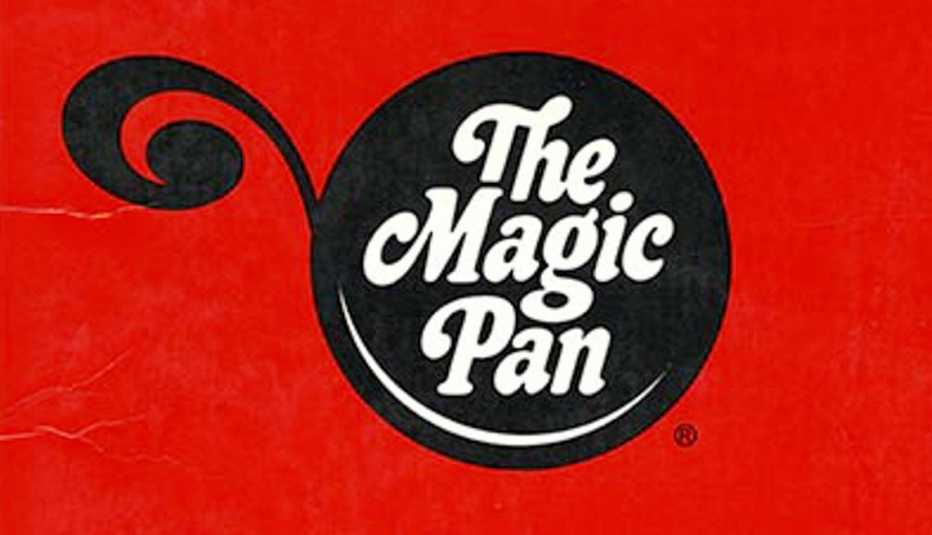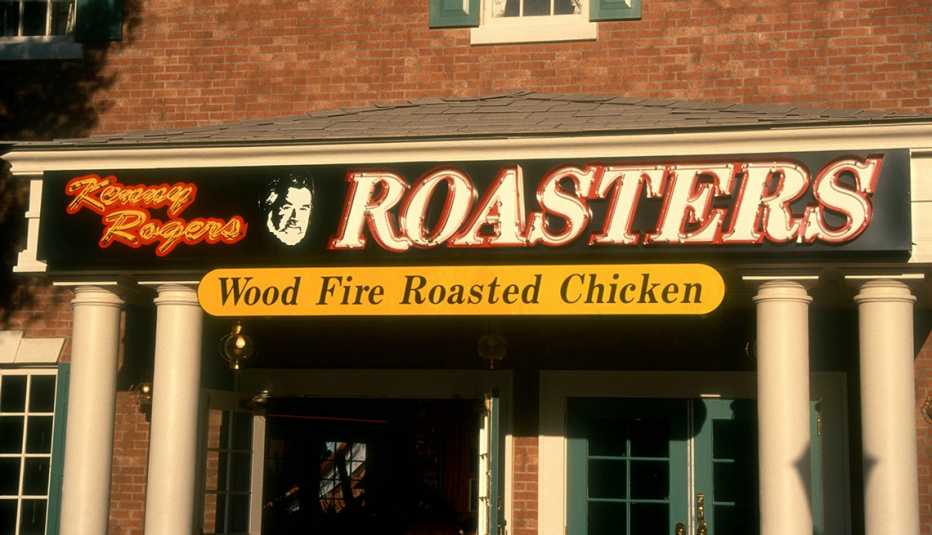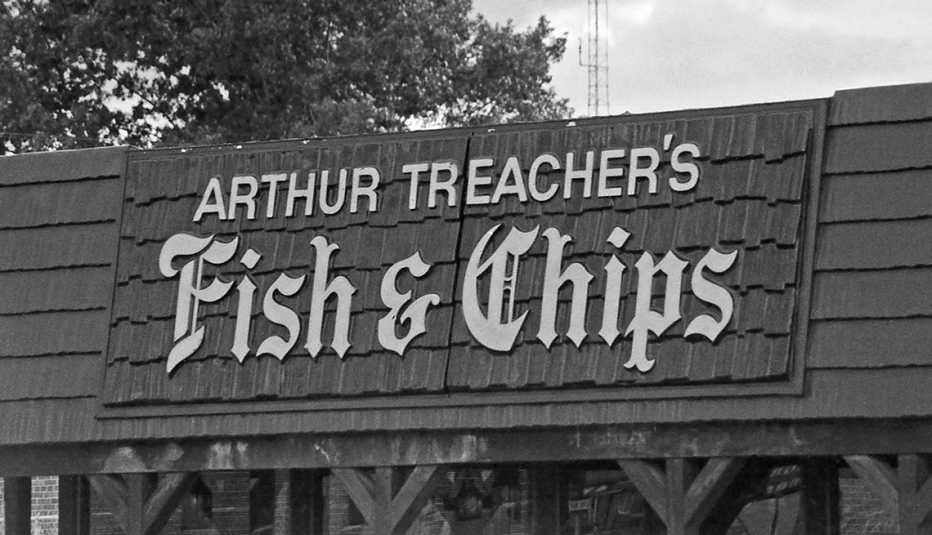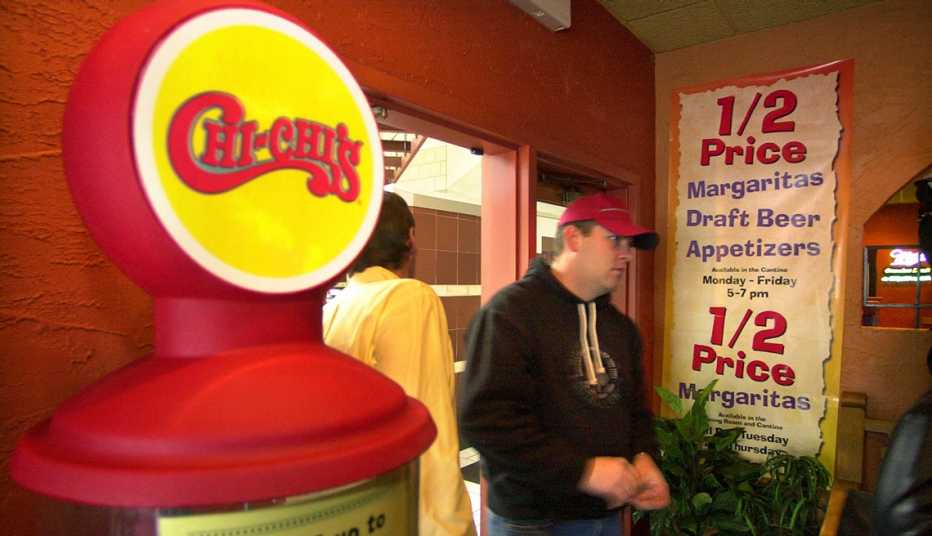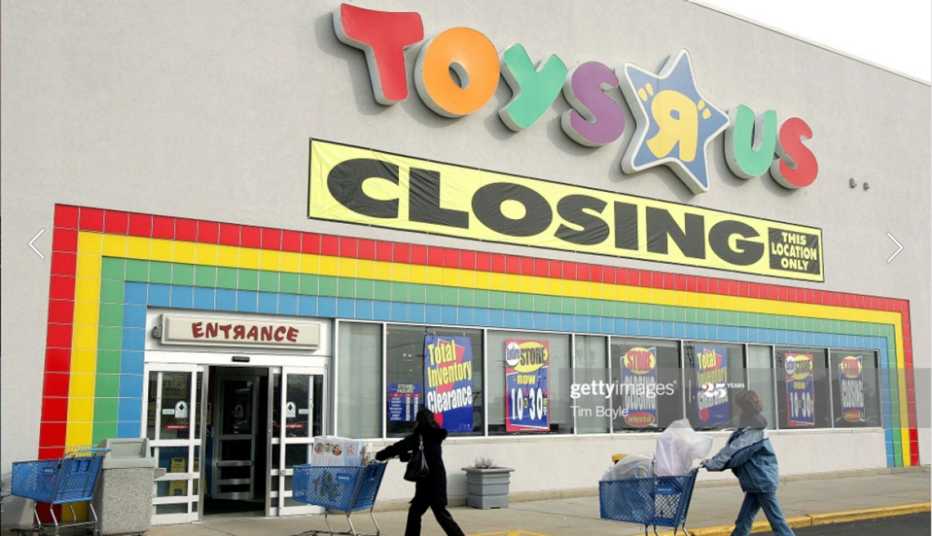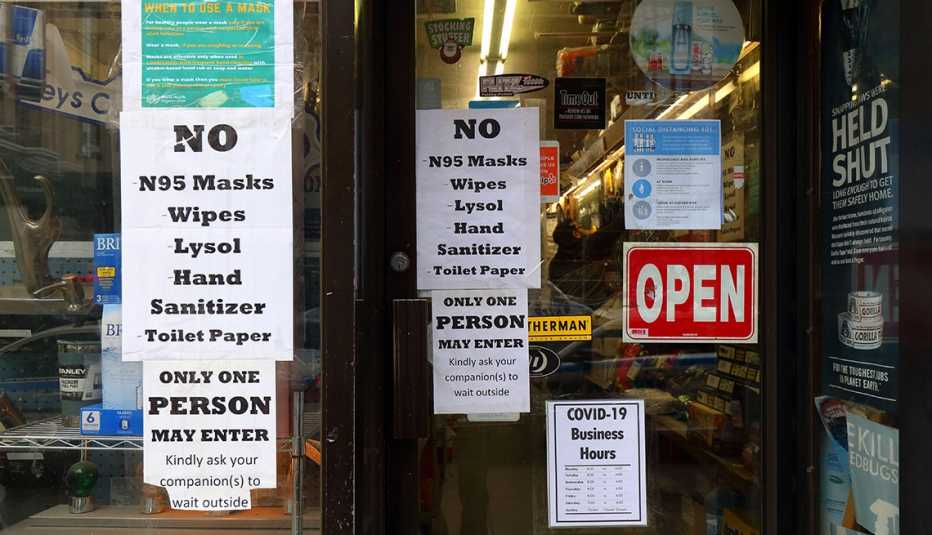Staying Fit
Remember restaurants? They are still out there. Many are offering curbside pickup and delivery to make ends meet until they can resume on-site dining. Many more remain shuttered with little hope of reopening. The National Restaurant Association estimates the industry lost $120 billion in sales during the first three months of the coronavirus outbreak, with tens of thousands of restaurants unlikely to survive the pandemic. Already, the parent company of Chuck E. Cheese has filed for Chapter 11 bankruptcy protection, though locations remain open for now.
While 2020 has certainly been unique, restaurant operators are no strangers to risk. The failure rate for new restaurants is notoriously high and maintaining success is infamously challenging even for the most popular eateries. Look to history for proof. Here are a dozen seemingly invincible restaurant chains that attracted legions of fans in their day and still conjure up nostalgic memories of meals past. Find out what happened to your favorite restaurant chain of old.
1. Howard Johnson's


Established: 1925
What happened: American road trips in the 1950s, ‘60s and ‘70s were not complete without a stop at an orange-roofed Howard Johnson's restaurant. It didn't matter where you were coming from or going. With more than 1,000 locations at its peak, HoJo's was bound to be somewhere on the way, ready to serve its signature fried clam strips, grilled hot dogs and 28 flavors of ice cream to weary wanderers. (The company also opened its first motor lodge in 1954.)
But it couldn't keep up with growing competition among roadside restaurants. Fast-food chains like McDonald's could provide similarly limited menus quicker and cheaper. And fast-casual restaurants such as Applebee's and Chili's could offer a wider variety of food options and an upgraded dining experience.
Current status: The Lake George, N.Y., location is the last HoJo's standing. It rates high for nostalgia, but scores just two stars on Yelp with negative reviewers noting poor food quality and service. (More than 300 HoJo Hotels remain scattered across the country and are now owned by Wyndham Hotels and Resorts.)
2. Bennigan's

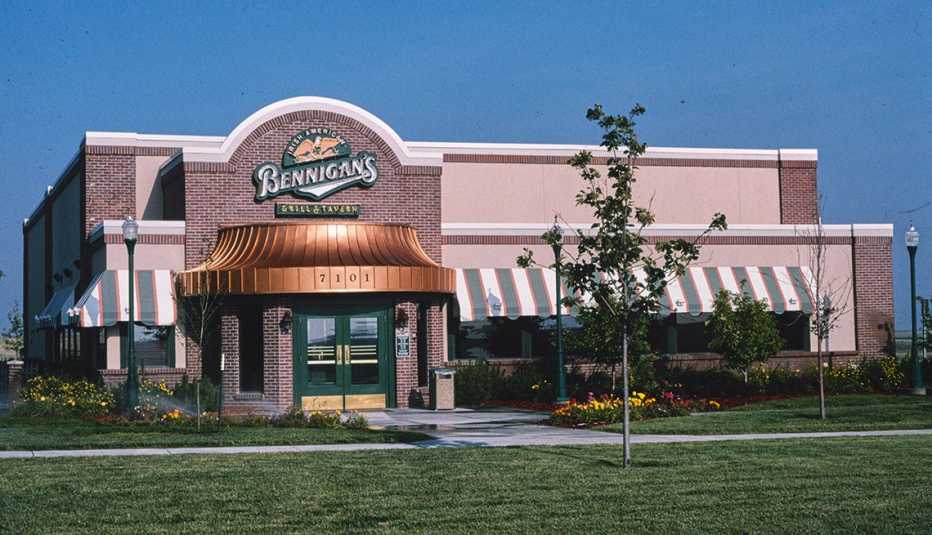
Established: 1976
What happened: The Irish-themed bar and grill was a popular spot for both happy hours and family gatherings in the 1980s and ‘90s. But it failed to distinguish itself from a growing field of casual-dining chains that included T.G.I. Friday's and Applebee's, serving up similar menus of standard bar fare and ambiance. In 2008, with the Great Recession afoot, Bennigan's buckled under the pressure of rising costs and falling consumer spending. Its parent company filed for Chapter 7 bankruptcy protection and immediately closed its 150 corporate-owned locations. (More than 100 franchisee-owned locations held on at the time.)
Current status: Attempting a comeback. As of June 2020, 11 locations remain in the U.S., and 17 more spots can be found internationally. Six more Bennigan's locations are coming soon.


AARP Membership— $12 for your first year when you sign up for Automatic Renewal
Get instant access to members-only products and hundreds of discounts, a free second membership, and a subscription to AARP the Magazine.
3. Hot Shoppes

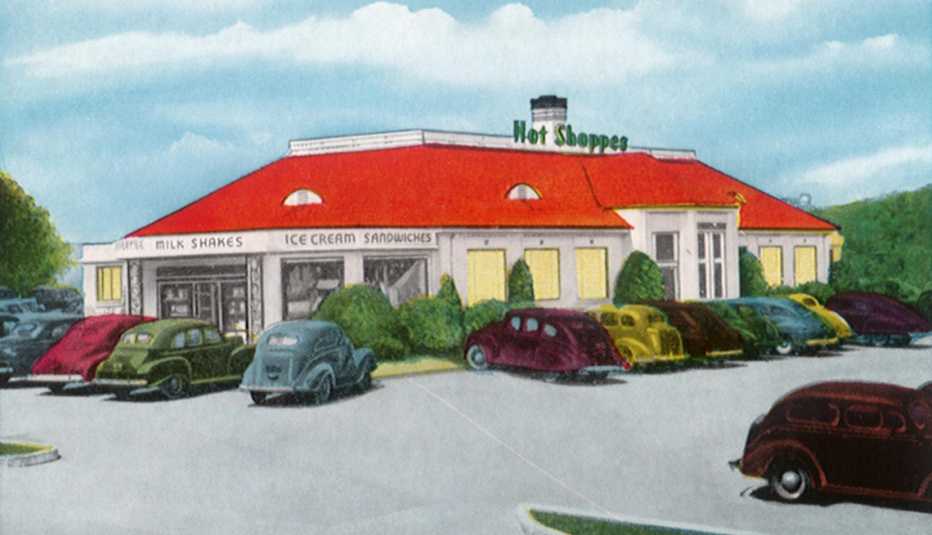
Established: 1927
What happened: Marriott may be famous for its hotels, but the family actually got its start in the hospitality industry when it opened the first Hot Shoppes in Washington, D.C. In the following year, the third location, also in the District, became the first drive-up restaurant on the East Coast, letting customers order curbside and eat food delivered by “curbers” or “running boys” off trays propped on the car doors. By 1964, the chain had 73 locations across 13 states and D.C.
But in the following decades, people's tastes and the Marriott Corporation's focus both shifted. As its hotel business was growing, in the late ‘70s, the company began winding down its restaurant holdings, which included, on top of Hot Shoppes, Roy Rogers and Bob's Big Boy (more on the latter later). The last of the Hot Shoppes closed in 1999.
Current status: Anthem, a breakfast and lunch cafe at the Marriott Marquis in D.C., serves up nostalgia with the Classic Club, Mighty Mo, Orange Freeze, root beer float and milkshakes called out on its lunch menu as Hot Shoppe Classics. You can also try recreating your favorite Hot Shoppe dishes at home using the Marriott Hot Shoppes Cookbook.
4. Shakey's Pizza


Established: 1954
What happened: How can you go wrong with pizza and beer? The first Shakey's Pizza Parlor opened in Sacramento, Calif., as “Ye Public House” for the two staples (except the pizza ovens weren't actually ready on opening day, so it really just started with beer). Soon, the company became the first pizza chain to franchise in 1959 — a year before its rival, Pizza Hut. By 1977, Shakey's boasted more than 500 locations in the U.S., Canada, Mexico, Japan and the Philippines. But over the years, ownership changes and fighting between the company and its franchisees have added a sour note to the chain's simple recipe for success.
Current status: About 50 Shakey's still stand in the U.S., with the majority located in Southern California. The chain has found greater success abroad lately, with more than 200 locations in the Philippines, as of late 2019.
AARP® Dental Insurance Plan administered by Delta Dental Insurance Company
Dental insurance plans for members and their families
5. Steak and Ale


Established: 1966
What happened: Take the Bennigan's story, subtract the Irish theme, and add a salad bar plus affordable prime rib, and you have the story of Steak and Ale. Restaurateur Norman Brinker is credited with founding both brands, along with Chili's Grill and Bar, and helping to popularize the casual-dining experience in the U.S. At its peak in the ‘90s, Steak and Ale had more than 110 dimly lit restaurants worldwide, pushing itself as the low-price option for an upscale steakhouse.
In 2008, however, squeezed by rising operating costs and shrinking consumer spending (thanks to the Great Recession), corporate Steak and Ale locations shuttered (along with sister restaurant Bennigan's) after its parent company filed for Chapter 7 bankruptcy.
Current status: Trying to make a comeback. Legendary Brands Restaurants now owns both Bennigan's and Steak and Ale and hopes to revive them. The steakhouse's return is set for the first quarter of 2021 in Cancun — though the company is tweaking plans for its classic salad bar, in light of COVID-19 concerns. In the meantime, according to its website, the current Bennigan's menu offers three “Steak and Ale Classics,” the Kensington Club (an 8-ounce top sirloin marinated in a “secret” Kensington glaze) and two chicken dishes, but no prime rib or salad bar.
6. Bob's Big Boy


Established: 1936
What happened: Predating McDonald's, Bob's Big Boy introduced the world to the double-decker burger, a virtual culinary emblem for the U.S. The Beatles even dined at the Burbank location while on tour in 1965 when they craved a taste of “a real American diner,” according to the L.A. Tourism and Convention Board. Like the East Coast's Hot Shoppes — owned by the Marriott Corporation, which bought the Big Boy chain in 1967 — it also operated as a drive-in with carhops delivering orders to parked customers.
In the ‘80s, the number of Big Boys topped out at about 950 nationwide. But that proved to be too many, and overexpansion left the brand heavy with debt. By 2000, when the Elias Brothers Corporation (which bought the franchise from Marriott in 1987) filed for Chapter 11 bankruptcy protection, only 455 Big Boy restaurants remained.
Current status: Big Boy still has a small — and, the new owners hope, growing — physical presence. The Burbank location, which opened in 1949 and was deemed a California Point of Historical Interest in 1992, is the oldest remaining Big Boy. It continues to operate (complete with carhop service and weekly classic car shows), along with 73 other locations, mainly in Michigan with a few in California, North Dakota and Ohio.






























































